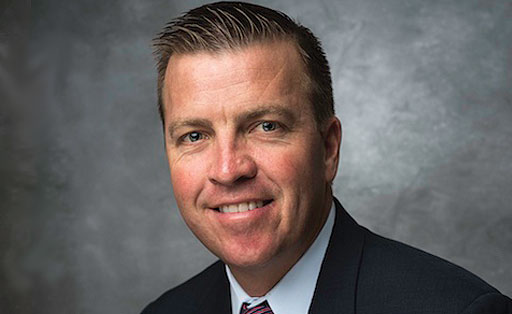
By Matt Tengwall
Today?s world has changed the concept of security and technology dramatically, as we no longer just install surveillance cameras and physical security devices.
But today?s news stories are evidence of how times are changing ? they?re littered with headlines of increased potential threats, ranging from cyberattacks and ransomware to organized crime syndicates.
With the risk landscape changing for the business world, a company?s security system needs to be prepared for modern criminals. Experts say that the life of most technology ?especially older, analog-based systems? is around three to five years before issues and cracks in the infrastructure start to appear.
Today?s enterprise organization simply can?t afford the consequences of these types of weaknesses. Security professionals that work with this technology and see the risks daily understand that a technology upgrade is a worthwhile investment and a necessity to protect the future. But how can we get board members and executives to feel the same?
When pitching security investments and upgrades to the board, here are three things to keep in mind:
Speak Their Language
While ?VMS? and ?edge computing platform? are important jargon in a security officer?s day-to-day world, those words don?t mean much to someone whose sole focus is keeping the company on a fiscally sound trajectory. Executives and board members speak in terms of ROI, TCO, cash flow, gross margin, and profit margins. So, where do both worlds intersect?
ROSTI, or Return on Security Technology Investment:
- Reduce expense results
- Optimize performance
- Standardize products or services
- Timeline for results
- Improve process, progress, and steps toward goals
This acronym can help set the points of the discussion or pitch in the terms and format to which business leaders are accustom. A discussion in this format, or at least with these points, will also help create an engaging conversation with the board, allowing additional time to answer questions and receive buy-in.
It?s More Than Just Security
Board members understand that data is important, but they might not know that security technology can provide key information for business operations as well. With the introduction of artificial intelligence (AI) and the Internet of Things (IoT), today?s technology solutions can accomplish more than simply monitor assets. Data collected through the IoT from video cameras, sensors, and systems can provide extremely valuable insight and business intelligence.
For example, AI cameras and video management software can include additional functions such as people counting. This technology can not only help queue management and traffic flows, but it can also be used to better understand staffing requirements and other consumer behaviors.
From improving business operations to providing solid evidence to support making educated decisions on the future of the company, making sure board members know the full capabilities of modern technology is critical.
It?s an Investment for the Entire Company
If it?s the cost of the investment that is leading boardroom pushback, remember to convey that security is an investment for and with the entire company. Long gone are the days of siloed departments, especially when it comes to protecting a company?s technology and people.
The alignment of risk management, IT, compliance, and security enables a comprehensive approach to security that takes into account cyber and physical elements ? and helps security teams proactively recognize threats.
With this in mind, leaders must consider evolving relationships into partnerships and learning how to actively collaborate with finance, operations, facilities, strategic planners, and marketing leaders. The more support from other entities, the more likely the board will see a seamless deployment and a widely accepted strategy.
The evolution of technology, fraud mitigation, and overall security structure has propelled security leaders to take a new approach to ?selling? the investment in technology to senior executives and boards of directors.
Once viewed as a cost center, security ?and its technology investments? are now a key component of any business and are designed to deliver long-term value. And with board members facing the growing responsibility of preserving brand value and avoiding brand dilution through oversight and compensation, leaders are looking for are high-quality solutions.
Selling this strategy to a boardroom can be intimidating, but the tips mentioned above will help guide professionals along the right path in communicating these needs to executive leadership.
About the author
Matt Tengwall is the General Manager of Fraud & Security Solutions at Verint Systems.
Source: verint.com
